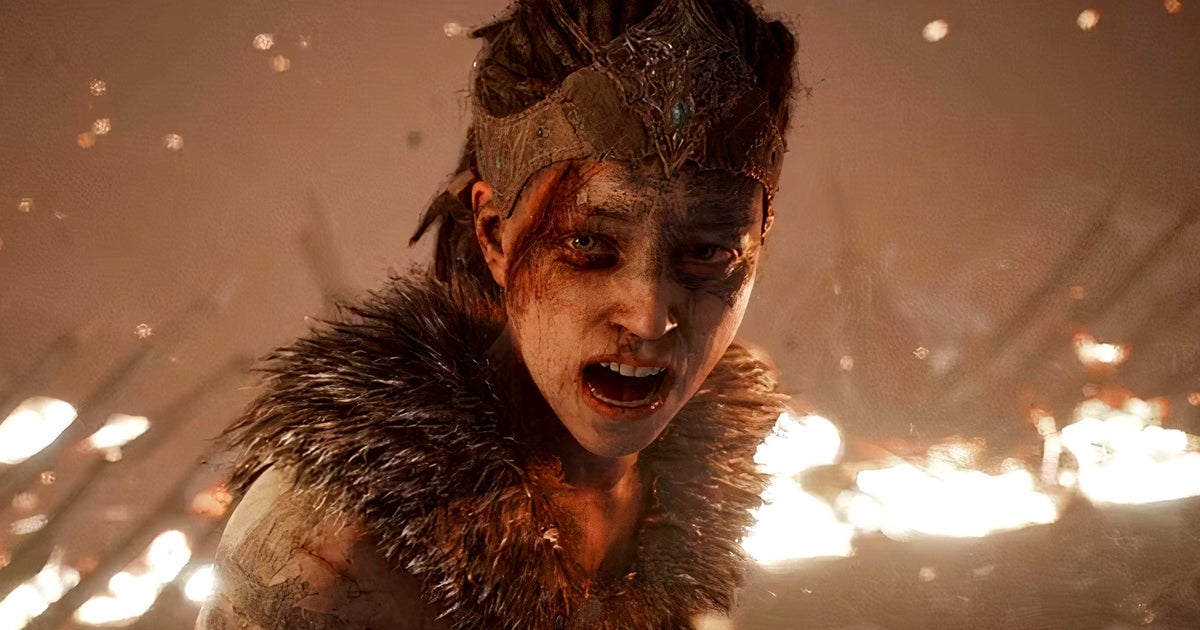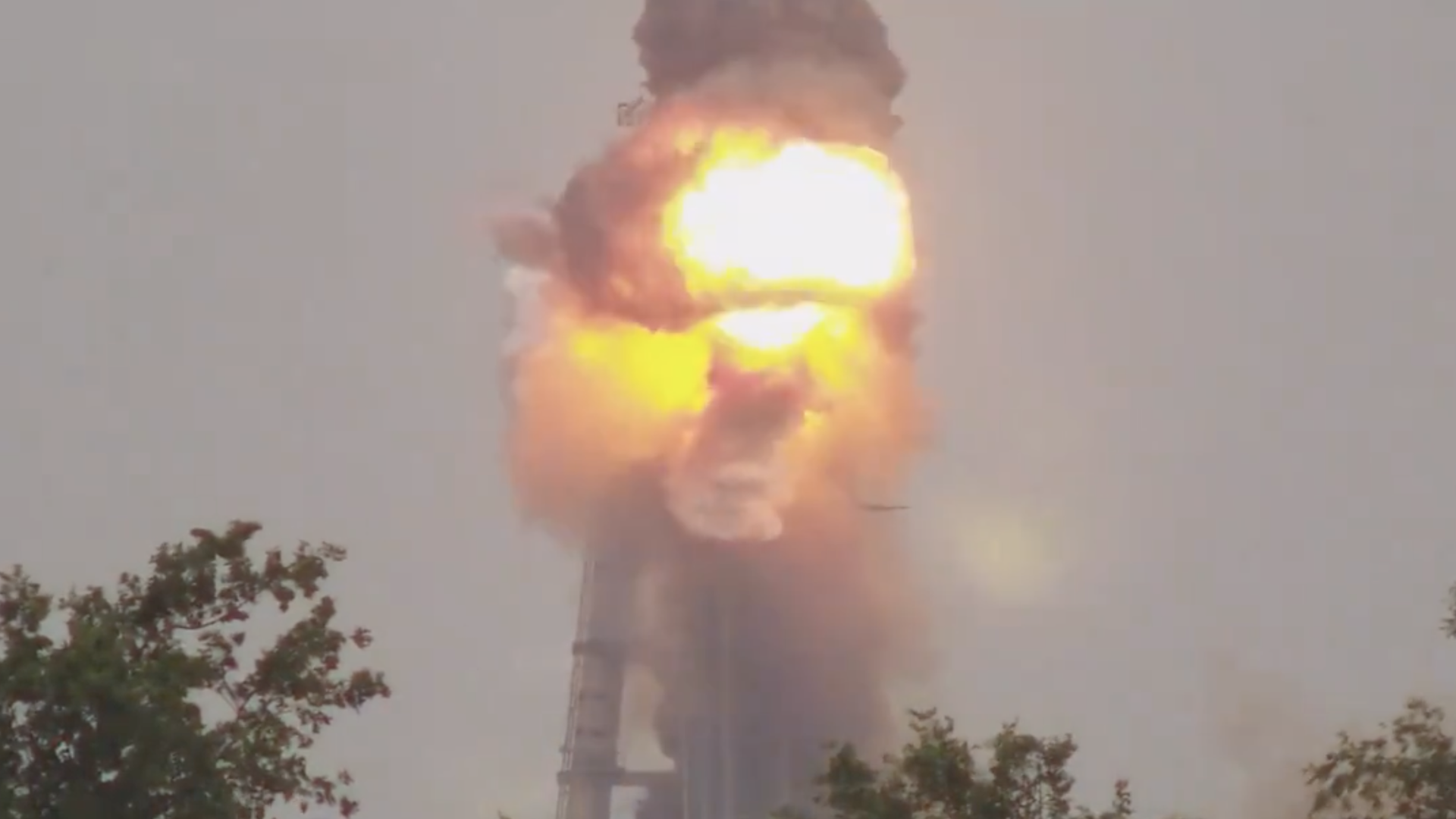I’m not convinced that The Zone of Interest, the first film in a decade from provocateur Jonathan Glazer, is a film about the banality of evil per se. It’s more of a horrific record of the banality — and that distinction matters.
To put it another way, it is too simple to frame the film as a cinematic realization of Hannah Arendt’s observation of the Adolf Eichmann trial, where the key organizer of the Holocaust thought of himself as only “doing his job.” Glazer takes the philosophical insight of the “banality of evil,” as Arendt first coined, as the building brick of his latest horror masterpiece. The record of that banality feeds the narrative material of what must be described as a horror film.
Depending on how one counts it, it’s the second (or maybe third) Shoah film I’ve seen at PӦFF. But it’s also not really a Shoah film — although in a different sort of way than One Life is not really a Shoah film. The latter, like Stanley Kubrick’s critique of Schindler’s List, isn’t really a Holocaust film in the sense that it’s about people who escaped the Holocaust; it’s more about a hopeful non-annihilation for some. The Zone of Interest, based on a sub-theme of Martin Amis’s novel of the same name, isn’t a Shoah film in the same way that a serial killer film without any murders can’t be properly considered a crime film. It’s not even about the killer — Auschwitz concentration camp commandant Rudolf Höss — as a killer but as a human person, a husband, a father, an office worker.
The dispassionate and detached cinematography from Polish director of photography Łukasz Żal (Loving Vincent, Cold War) captures the film from 10 installed and mostly hidden cameras from their replica of the Höss’s house — a football throw from the wall of the world’s most famous mausoleum of annihilation, and a real house, with a current resident, on the real wall of the actual camp. I’m not sure the camera ever moves inside the home, at least not to follow a member of the Höss family. The commandant (played by Christian Friedel) and his wife, Hedwig (Sandra Hüller), also keep Jewish servants around like house slaves. Every second one of the servants is on screen terrifies — not because anything ever happens or is narratively immanent but simply because of the potential genocidal violence that’s held in the contradiction of Jews living in the commandant of fucking Auschwitz’s home. The camp always imposes over the background, and the top of the wall often claims the responsibility of the line of horizon of many of the film’s backyard images. Not unlike M. Night Shyamalan’s Old, Glazer’s film terrifies not because of what’s on screen but because of what happens off screen.
Future undergraduates will study the film’s soundscape, unless Zone is declared too difficult due to some sort of weird, fascistic educational system backlash (the same sort of stuff that got Maus banned in some public libraries). Shoah victims are heard and not seen — their screams, the turning mechanisms of the complex machines burning them, the pillage of ash so voluminous it carries a sound as it exits the furnace. These sounds pollute the landscape of domestic life, showing up as Rudolf goes on a wildlife hunt with his boy or disturbing the napping pattern of the family’s infant. Combined with the calculated domestic cinematography of a mass murderer, the normality of the film’s look cognitively disconnects with how it sounds — and the camera, in a Nazi denial of humanity, refuses to even glimpse a victim. This is the source of the horror.
The film also rejects what I think of as the basic premise of Arendt’s “banality of evil.” In direct defiance to Leonard Cohen’s famous pithy line, “There is a crack in everything, that’s how the light gets in,” Glazer and Żal add the Auschwitz asterisk. When a Polish housekeeper sneaks out at night to hide food for the soon-to-be-exterminated prisoners, they depart from the 10 still-camera approach and shoot the scenes in thermal imagery. The camerawork literally denies the normal effects of light, inverting the look and thus the moral landscape of the film for a few brief moments. It works because we know there is no hope, we know there is no light, and that any glimmer of humanity within that death camp can only ever be seen through the light of something completely alien, like thermal imaging. The banality of evil is a completely different philosophical claim than the normalization of evil.
The Zone of Interest concludes not long after Adolf Hitler’s announcement of the mass deportation and execution of about 564,000 Hungarian Jews. The operation etched the commandant’s surname into history, Operation Höss. Rudolf, claiming excitement about the news, calls his wife to delight her as well. What happens next is important, though: He stumbles down the stairs, coughing and vomiting. Nothing really comes up, perhaps a sign not of anything wrong with his stomach but with his soul. And he knows it.

Sophie Anderson, a UK-based writer, is your guide to the latest trends, viral sensations, and internet phenomena. With a finger on the pulse of digital culture, she explores what’s trending across social media and pop culture, keeping readers in the know about the latest online sensations.








